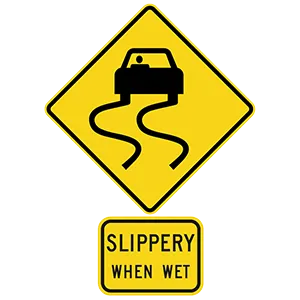FREE District Of Columbia DMV Practice Test #23 Page 3 of 3
This set of District Of Columbia DMV practise tests was been updated for January 2026. It includes questions based on the District Of Columbia Driver Handbook's most significant traffic signs and laws for 2026. Use actual questions that are very similar (often identical!) to the DMV driving permit test and driver's licence exam to study for the DMV driving permit test and driver's licence exam.
On the practise exam, each question gets a tip and explanation to help you remember the concepts. The written component of the official DMV test will include questions about traffic rules, traffic signs, and driving statutes, as well as information from the Driver Handbook.
To achieve the required passing grade, you must correctly answer 20 of the 25 questions. Take our DMV practise exam to help you prepare for your District Of Columbia instruction permit or driver's licence.
The DMV exam is available in several languages.
Using any form of testing help will result in an automatic fail, and the DMV may take further action against your driver's licence, so avoid it.
17 . Your first response to reduced visibility should be:
Reducing your speed should be your first response to decreased visibility and dangerous road conditions.
18 . You are approaching a railroad crossing that has no visible gates or flashing lights, but has a standard crossbuck. You should:
You must approach all railroad crossings with extreme caution and cross only when you know that no train is coming from either direction. If there is a flagger at a crossing, you must obey all of their instructions.
19 . If you become stranded in a snowstorm, the best thing to do is to:
If you become stranded in a snowstorm, the best thing to do is stay in your car and wait for help. You are most likely to be found if you don't leave your vehicle. Additionally, it may be unsafe to walk around outside in a snowstorm.
20 . This sign means:

Warning signs are usually yellow with black markings. They alert you to conditions that are immediately ahead. This sign warns that the roadway is slippery when wet.
21 . This yellow warning sign means:

This sign is placed on roads near schools to warn drivers to slow down, drive with caution, and watch for children.
22 . This road sign means:





